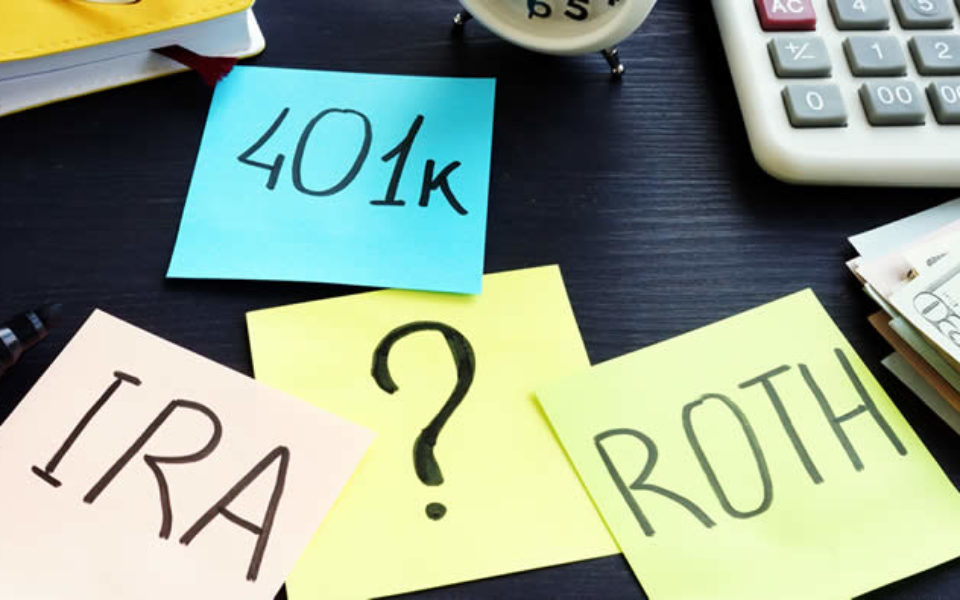The SECURE Act is by far the biggest retirement-oriented legislation to be enacted in over a decade. Many Americans are left wondering, “What does this mean for me?” Here’s what you need to know.
1. Required minimum distribution age increased to 72
One of the biggest changes in the SECURE Act is the increase of the Required Minimum Distribution (RMD) age from 70 ½ to 72. This will allow workers another year and a half to build their retirement accounts without being forced to withdraw a certain amount of money each year.
2. Employers can offer more annuities in 401(k) plans
Retirement policy experts have argued for years that low-cost annuities can protect retirees from outliving their savings. Indeed, 80% of 401(k) plan participants have indicated a willingness to put all or some of their money in a guaranteed lifetime income option. The SECURE Act creates a Safe Harbor, where the burden is on insurers to provide employers with the right annuity products.
The legislation also requires that defined-contribution plans deliver a lifetime income disclosure to participants at least once every 12 months. This would show how much income the lump sum balance in your retirement account could generate, giving you a better idea of your potential income stream in retirement, allowing you to better plan for the non-working years.
3. Small businesses and multiple- employer plans
The SECURE Act allows companies to create multiple-employer plans (MEPs) where different types of employers can pool together to collectively offer a retirement plan to their employees. This reduces costs and administrative duties each employer would otherwise bear alone. Also, there is a tax credit of $500 for small businesses who start a retirement plan.
Additionally, the SECURE Act expands benefits to long-term part-time workers.
4. New parents and student loan repayment relief
The SECURE Act allows new parents to withdraw up to $5,000 from their retirement plans to cover expenses related to the birth or adoption of a new child, without the 10% early withdrawal penalty. Taxes will still be due on the withdrawals.
It also allows withdrawals of up to $10,000 per person from 529 education savings plans for repayments on student loans. On top of this, the 529 plans may also cover costs associated with registered apprenticeships and homeschooling. We all know that student debt is skyrocketing, and this relief is much needed.
5. Bye-bye to stretch IRAs
The SECURE Act will no longer allow all beneficiaries who inherit an IRA to “stretch out” distributions over the beneficiary’s life. Instead, the inheritor must liquidate the account within 10 years, which decreases the value of the inheritance. There are a few exceptions, however, such as when the beneficiary is the surviving spouse, disabled or chronically ill, not more than 10 years younger than the deceased IRA owner, or a child who hasn’t reached age of maturity.
This curtailment on the stretch IRA shines some light on how important advance tax planning really is. Everyone who has a large IRA and likes their kids needs a plan to address the tax issue. There are other ways to leave behind money and draw down large IRA balances. Your advisor can help with this.
The main takeaways…
Sustainability seems to be the focal point in the SECURE Act—more workers will have the ability to save for retirement and not outlive their savings. Equally important, the law will curtail the use of stretch IRAs, calling for advanced tax planning so that your assets are best protected at your death.





Leave A Comment